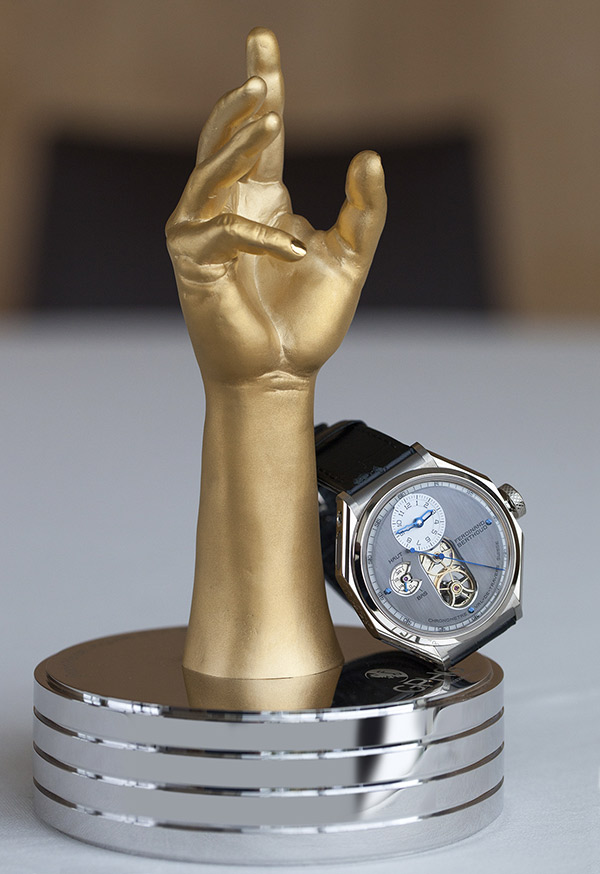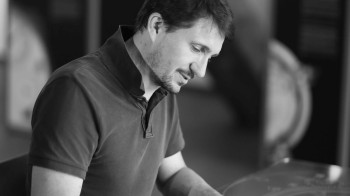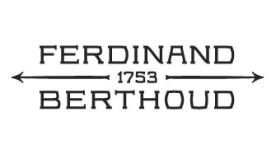How did you translate the history and legacy of a man into that of a brand?
The general idea wasn’t necessarily to recreate what Ferdinand Berthoud did but to imagine what he would do today if he was still making mechanical watches. He made a lot of scientific instruments and he made marine chronometers, which is what interests us. We focused on marine chronometers because that was his life’s work and Mr Scheufele is big on precision. This is the area where Berthoud really stands out. So the focus was not really on going from a man to a brand but on understanding what was actually behind the man himself. What made him tick?
Luckily, he left 5,000 pages of notes so we have a good idea of what made him tick. The challenge was to convert that mindset into a product of today, while keeping in mind that Ferdinand Berthoud never actually made a wristwatch. That is the reason for the particular design of the watch, because we went back to the marine chronometers, which were mounted on a gimbal and suspended in a wooden container. The design is essentially a cylinder in a wooden case, which was convenient for carrying the marine chronometer aboard a vessel. For the movement we were also heavily inspired by the marine chronometers, which you can see immediately with the pillar construction. The finishing is extremely well done but it is relatively simple. Just like a marine chronometer, the quality had to be really high but the look remains very technical.
How did you deal with the 5,000 pages of notes?
I didn’t actually read all 5,000 pages. I went through most of what we have in print in the museum in Fleurier. I set up a lighting system and took photographs of all the technical drawings and tried to get a feel for Ferdinand Berthoud’s inspiration.
Were the case and movement designed in parallel?
I started working on some general concepts for the watch just to see what it might look like. When we had agreed on a design, I worked closely with the movement engineer. We were able to locate certain components in certain key places, which is a luxury that Ferdinand Berthoud would not have had. We wanted to show off the main parts of the movement so I had an idea for the main look and feel.

How did the octagonal shape come about?
I didn’t set out to have an octagonal shape. I had considered the square shape of the marine chronometer box but I didn’t think this would be wearable on the wrist. But I did not want a round case either, because there are plenty of other watches with a round case and a complicated movement inside. Part of the reason for the angular shape is that I was looking for something that could be milled in-house by craftsmen and this played an important role in how the finished watch looks. The octagonal shape emerged when the lugs were added to the side pieces that were bolted on to the case.
The watch uses some materials that would not have been available to Ferdinand Berthoud. How did you decide whether he would use them today if he was making watches?
We have an interesting mix of materials, such as white gold and titanium, which gives us a nice play of colours and they work well with the grey dial to give a sober look. The rose-gold version with black ceramic is sportier but I assumed that Berthoud would use ceramic and titanium for sure. The colour scheme on the grey dial version is not too far removed from that which Ferdinand Berthoud had on his marine chronometers.

How did it feel when the FB1 was awarded the Aiguille d’Or at the GPHG?
It felt really good because when we came out with the product people were not expecting it. In fact, I don’t think they even knew what to expect. If you were expecting a round watch with high-quality traditional finishing then you were in the wrong place. We thought a name like Ferdinand Berthoud needed a strong piece and it was nice to see that, despite some of the misgivings of journalists and members of the jury, we did come through. It was nice to see that people voted in favour of what we were trying to achieve.
What could the next steps be for Ferdinand Berthoud the brand?
You will see similar things in the future because the idea was not to have a one-off design for the FB1. But you will be surprised at how much things will change on the dial side. You will see different functions and displays. Being awarded the Aiguille d’Or has definitely helped with the creative process because the Scheufele family are more reassured that they are on the right track. Sometimes you just need someone else to tell you that you are on the right track.







